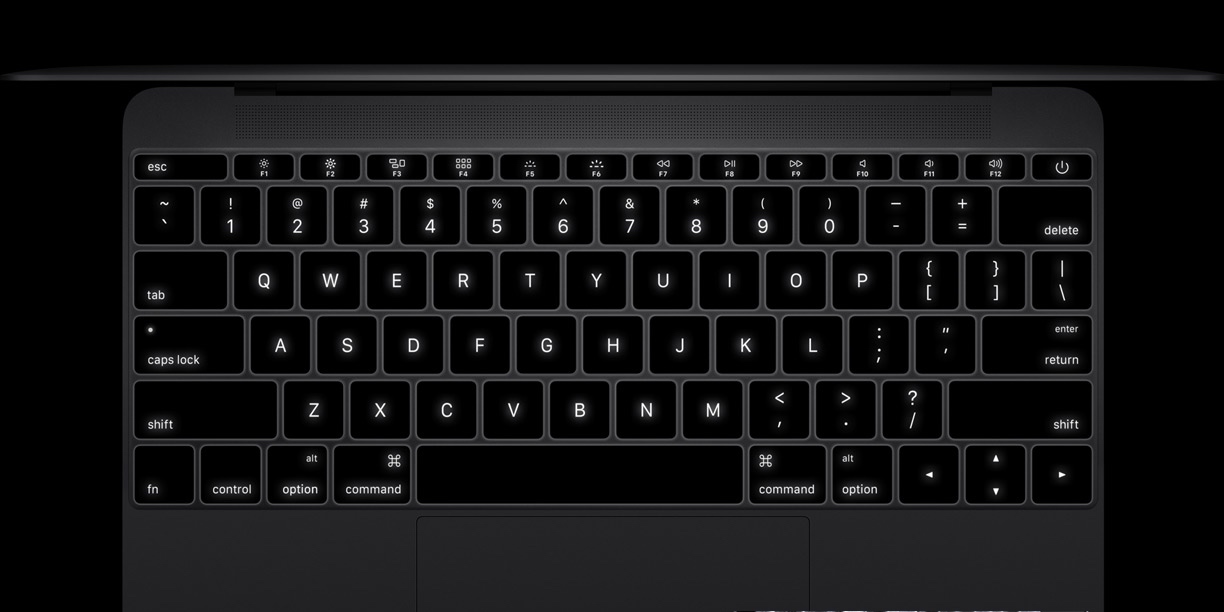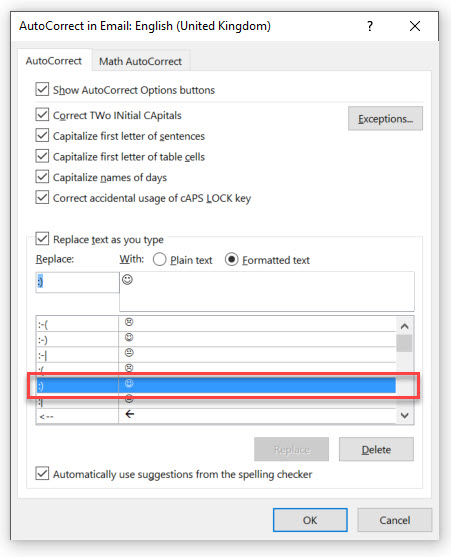

keyboard shortcut but you can use the colon method to insert the emoticons on macOS.
Word 2016 for mac show emoji windows 10#
The only difference is that the account says it will only work in Windows 10 and cites the Win+. The characters display correctly in TextEdit (a selection of emoji characters using the font OpenSansEmoji) Open this document in Word (or copy and paste), and Word displays the characters with the 'missing character' (box). It was added somewhat recently and at some point, the official Microsoft Office Twitter account tweeted about it as though it were a new feature or a secret one. This screen grab demonstrates the problem Word for Mac 2016 is having displaying extended (unicode) characters. This method wasn’t always a part of Microsoft Teams. They’re called or referred to as secret emoticons simply because the method for entering them is not known to most Microsoft Teams users. The ‘secret’ emoticons in Microsoft Teams don’t depict any special character nor are they animated. Some of the emoticons will be those that you may have seen in Skype. On macOS though, you will get an entirely different/new set of emoticons to send. The emoticons that you see are the same that Windows 10 supports but this is a quicker way to enter them and you will see a few different ones.

To use the Microsoft Teams secret emoticons, follow the steps below.
Word 2016 for mac show emoji how to#
They’re fairly easy to access if you know how to access them. Microsoft Teams also has a small set of secret emoticons. On Windows 10, you can open the panel with the Win+. Microsoft Teams has two different ways to enter emojis or emoticons you can click the emoji icon under the chat/text input field or you can use the OS’ emoji input panel. The Microsoft Teams Windows 10 app supports the native emoji on Windows 10, Microsoft Teams for Mac supports the native macOS emoji, and the same holds true for its mobile apps. Some apps support a small and basic emoji set while others support all emojis that the OS they run on support. Emojis are fairly common on any app that supports chat. Microsoft Teams has emojis and reactions.


 0 kommentar(er)
0 kommentar(er)
